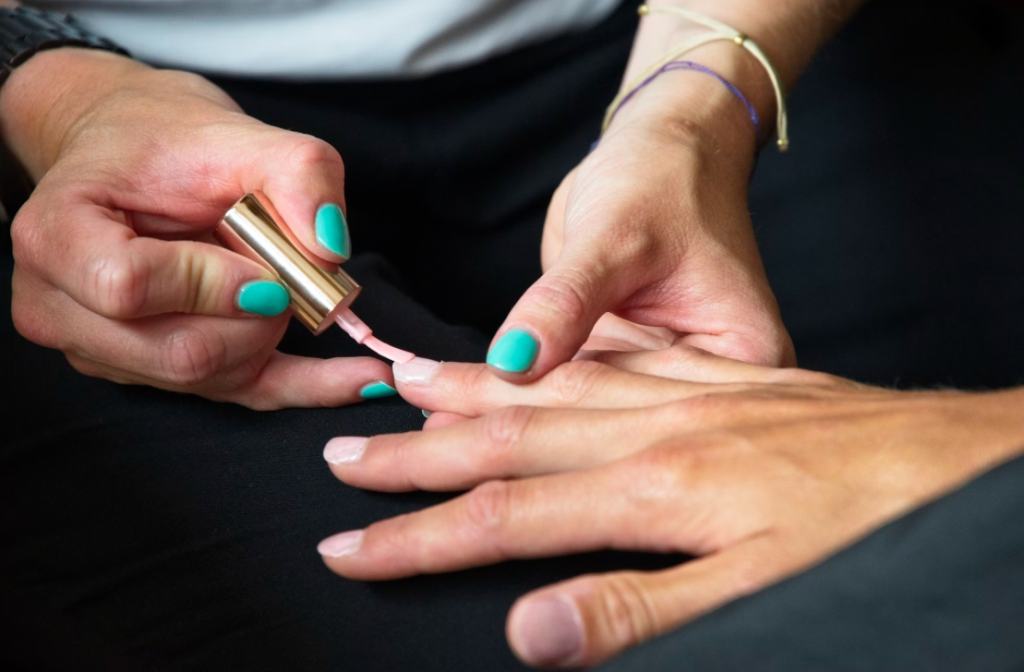Nail Salon Hygiene Exposed: Who Actually Follows Safety Rules?
Introduction
Ever walked out of a nail salon with stunning nails but an uneasy feeling about how clean everything was? You’re not alone. While the final product might be flawless, the cleanliness behind the scenes can be anything but. Let’s peel back the polish and get real about nail salon hygiene.
The Hidden World Behind Pretty Nails
The Illusion of Cleanliness
Clean floors, fancy chairs, and the smell of acetone don’t necessarily mean a hygienic environment. Many salons master the “look” of cleanliness, but hygiene goes far beyond surface-level sparkle.
Why Hygiene in Nail Salons Matters
Your hands and feet are gateways to your bloodstream. Any break in the skin — a nick from a file, a scratch from a cuticle pusher — can let bacteria or fungus in. Poor sanitation can lead to infections, fungal outbreaks, and in severe cases, hospitalization.
Regulatory Standards and Safety Rules
What Are the Basic Hygiene Standards?
Most jurisdictions require tools to be disinfected, disposable items to be thrown away, and workstations to be cleaned between clients. Sounds simple, right? But whether these standards are actually followed is another story.
Who Sets These Rules?
Role of Local Health Departments
Local health departments are often responsible for inspecting salons, issuing licenses, and taking complaints seriously — when they receive them.
OSHA and State Licensing Boards
OSHA ensures workplace safety, but their scope is limited. State boards oversee licensing and can suspend licenses for serious violations, but enforcement is inconsistent.

Common Hygiene Violations in Nail Salons
Reused Tools and Lack of Sterilization
One of the most frequent violations? Reusing nail files, buffers, and cuticle pushers without proper sterilization. Autoclaves (like the ones used in hospitals) are ideal — but expensive. Many salons skip them altogether.
Unclean Workspaces and Shared Products
Shared polish bottles, open lotions, and dusty UV machines can harbor bacteria. Even the cushions on chairs can be germ traps if not sanitized regularly.
Inadequate Technician Training
Many technicians are self-taught or trained in places with lax standards. Without strict oversight, hygiene practices become inconsistent or nonexistent.

Insider Stories: What Technicians Won’t Tell You
Under Pressure: Time vs. Sanitation
Technicians often face intense pressure to take as many clients as possible. Sanitizing tools between clients takes time — time they aren’t always given.
The “Clean” Towel Myth
Fresh towels? Maybe. But many salons reuse towels after a simple shake or quick spritz of disinfectant. Looks clean doesn’t always mean is clean.
How to Identify a Hygienic Nail Salon
What You Should Look For
- Technicians washing hands between clients
- Tools coming out of sealed sterilized pouches
- Disposable items (buffers, foot files, gloves) used once
- Autoclave machine visible in the workspace
Red Flags to Watch Out For
- Dusty tools
- Same file used on multiple clients
- Technicians not wearing gloves or masks
- Reused towels or open cosmetic jars
Customer Responsibility: What You Can Do
Ask Questions
Don’t be shy. Ask your technician how tools are cleaned. A reputable salon will be proud to show off their hygiene practices.
Bring Your Own Tools
It might feel awkward, but bringing your own nail kit is one of the safest things you can do — especially for regular clients.

Are Chain Salons Safer Than Independent Ones?
Not necessarily. While chains may have stricter policies on paper, enforcement varies by location. Some independent salons hold themselves to high standards. It comes down to individual ownership and management.
Real-World Inspections: What Do They Reveal?
Shocking Statistics
A study in California found that over 75% of inspected nail salons had at least one major hygiene violation. That’s not a small number — and it should make you think twice.
Case Studies of Violations
- A salon in Texas was fined after multiple clients developed fungal infections traced back to unclean foot spas.
- In New York, inspectors shut down a salon for storing tools in drawers with hair and nail clippings — a serious sanitation breach.
Impact of Poor Hygiene on Health
Common Infections and Conditions
- Fungal infections like onychomycosis
- Bacterial infections such as paronychia
- Warts and skin irritations from contaminated tools

Long-Term Consequences
In extreme cases, infections can spread to the bloodstream, requiring medical intervention or even surgery. For people with diabetes or immune deficiencies, the risk is even greater.
Conclusion
Behind the glitter and glam, nail salon hygiene is a serious issue that doesn’t get enough attention. Not all salons are guilty, but enough are to warrant concern. The next time you treat yourself to a manicure or pedicure, look beyond the polish. Ask questions, observe carefully, and make hygiene a non-negotiable part of your beauty routine.
FAQs
1. What’s the most important hygiene rule nail salons must follow?
Proper sterilization of tools. If tools aren’t disinfected between clients, you’re at risk of infection.
2. Are infections from nail salons common?
Unfortunately, yes. Especially fungal infections from shared foot tubs and improperly cleaned tools.
3. Can I bring my own nail polish to a salon?
Absolutely. It can be safer, and many salons allow it. Just make sure it’s not expired.
4. How often are salons inspected?
It varies by state, but many are inspected annually or only after a complaint is filed.
5. What’s the safest way to enjoy nail services?
Choose reputable salons, observe their hygiene practices, and don’t hesitate to bring your own tools and polish.









Post Comment